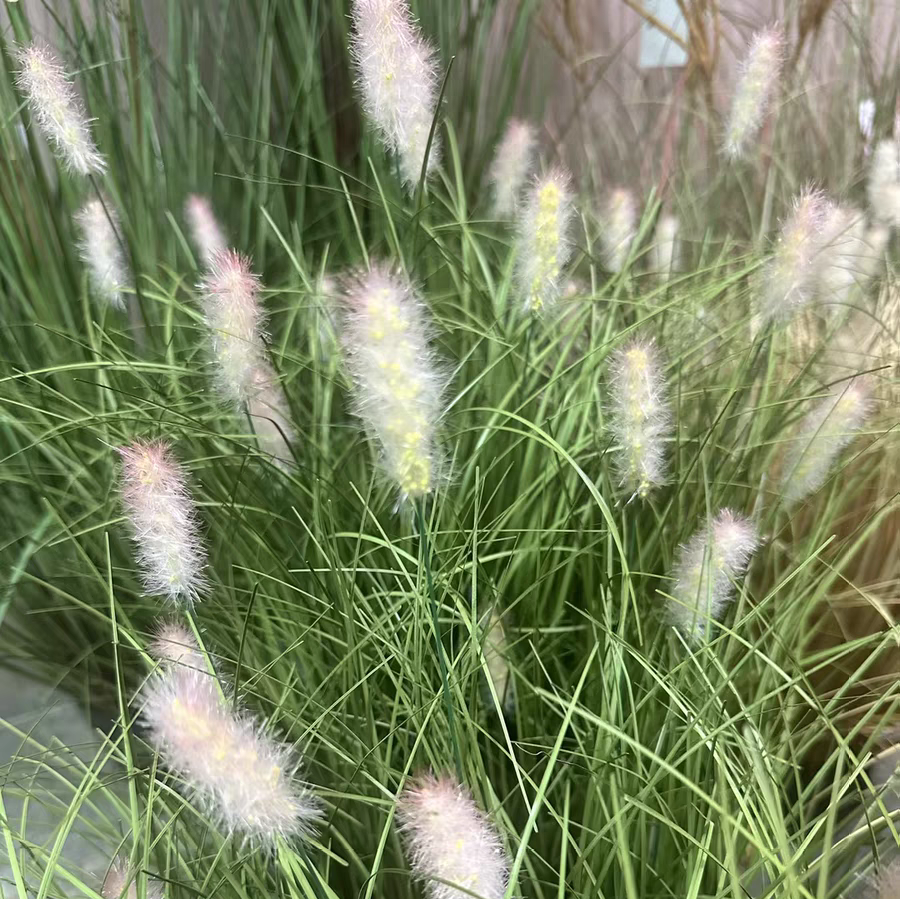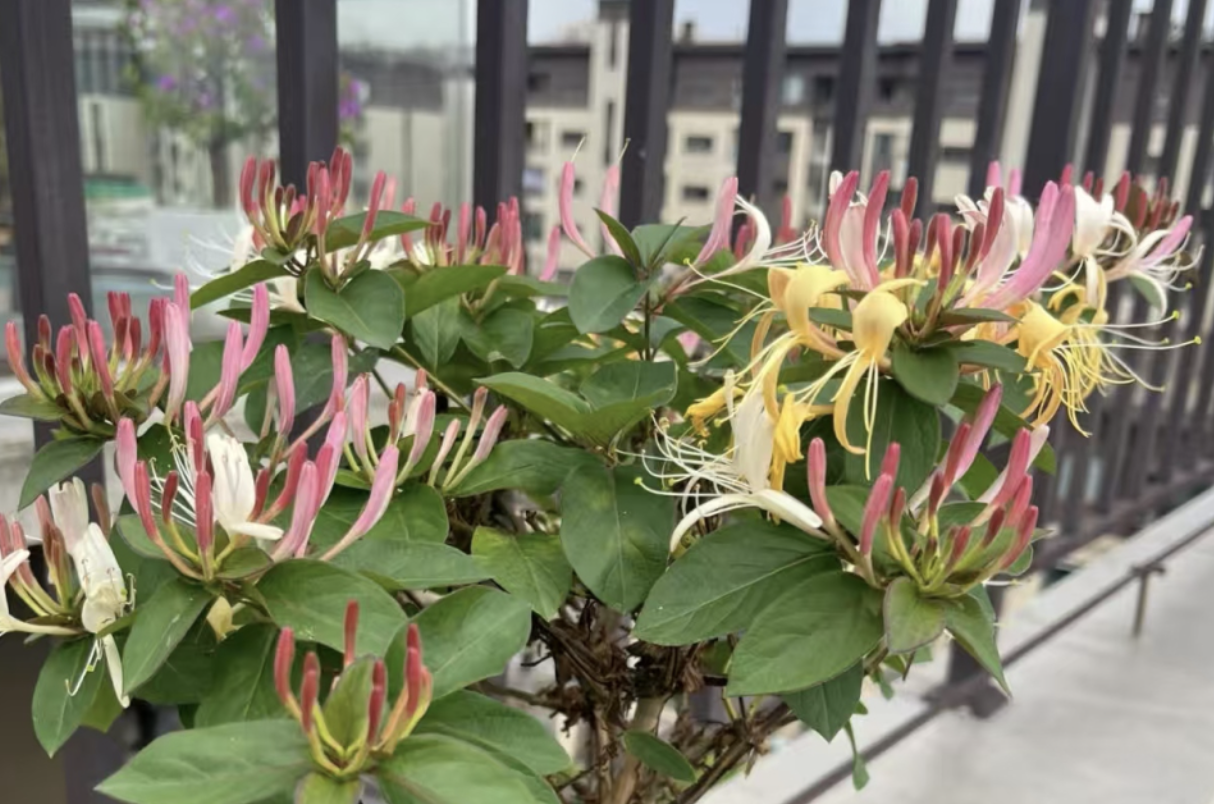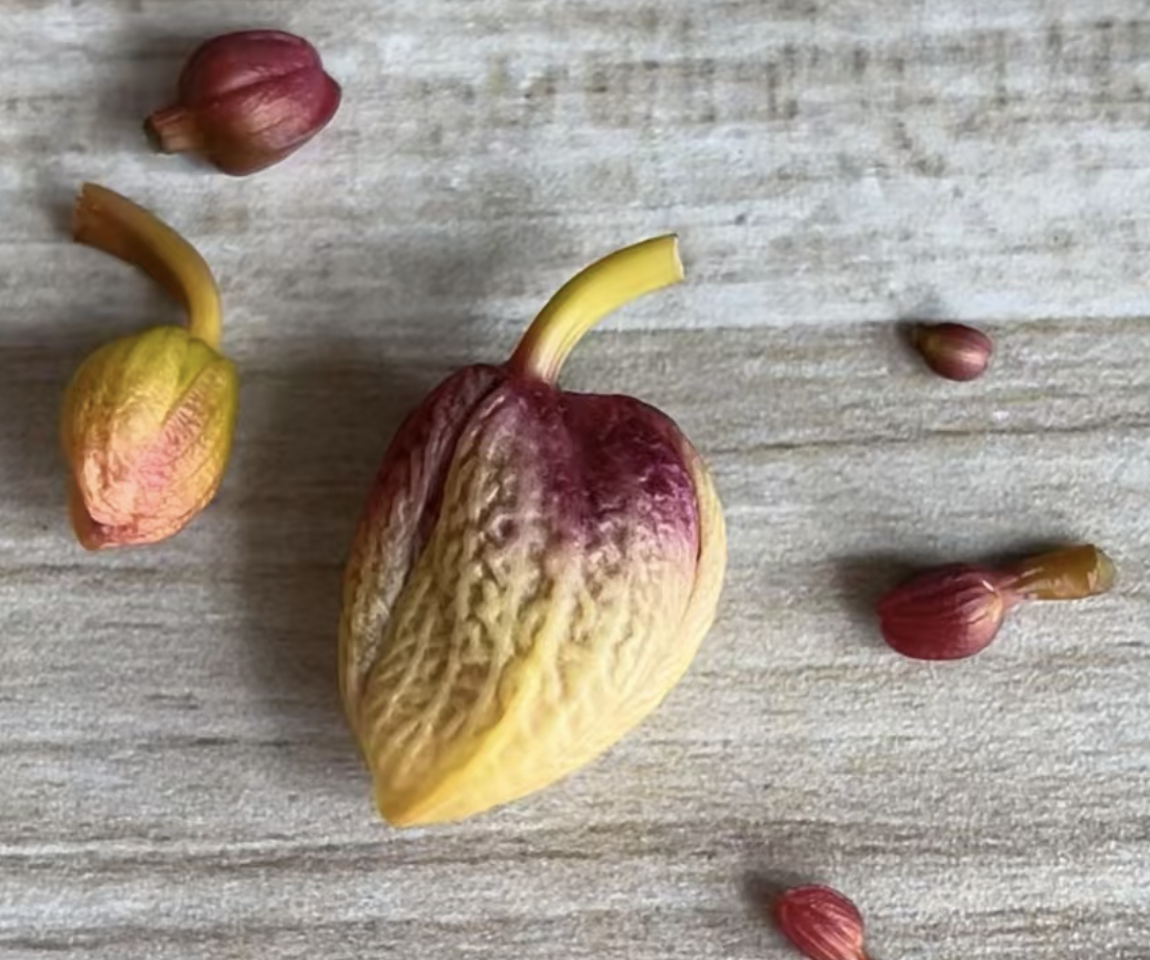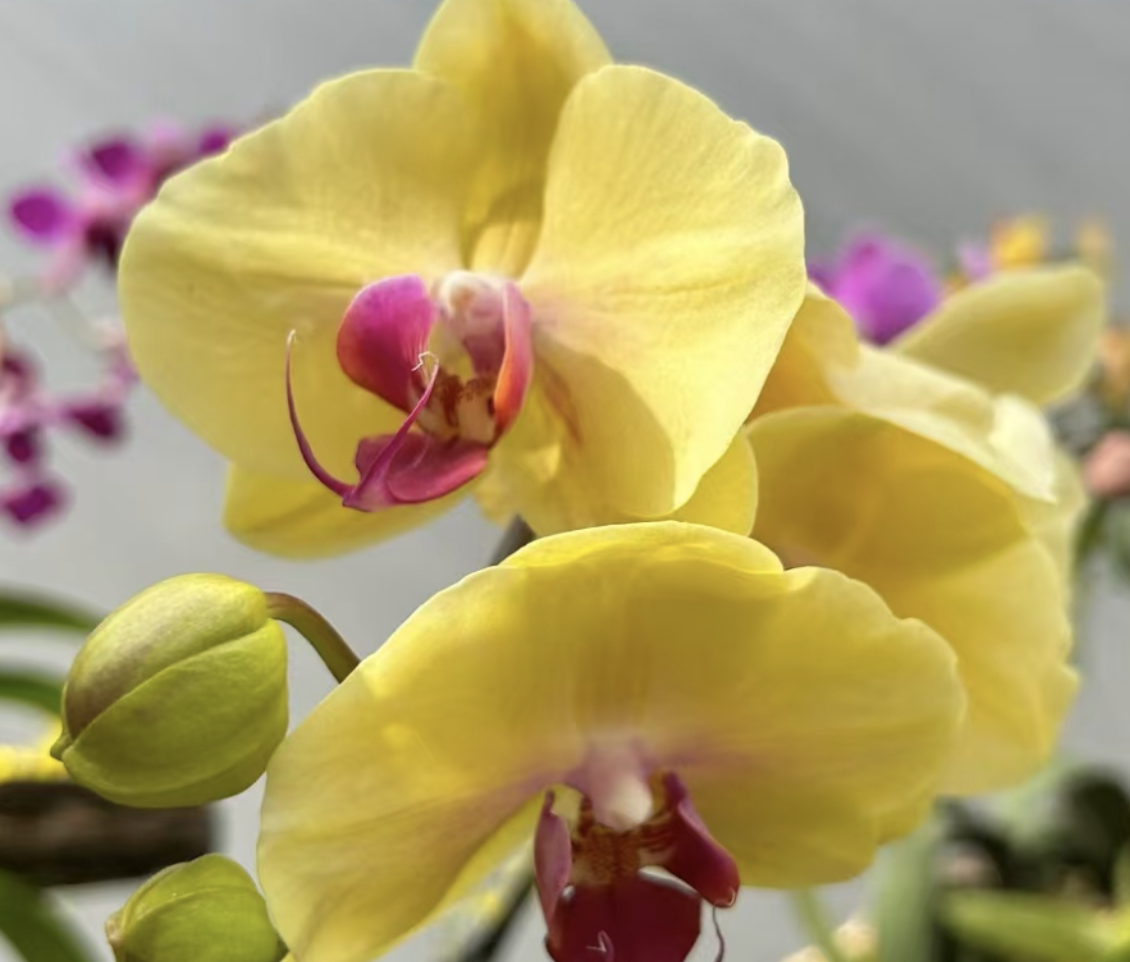In our childhood memories, the furry figure of Setaria viridis is always everywhere.
Setaria viridis, scientifically known as Setaria viridis, is an extremely common wild grass. Its stem is thin but has tenacious vitality. No matter how strong the wind and rain are, it can straighten its back. The curved inflorescence at the top is like a dog's tail, furry and soft to the touch. When we were young, we often picked a Setaria viridis and played with it in our hands or used it to tickle our little friends, making everyone laugh.
Setaria viridis also has a unique meaning. It represents perseverance and tenacious vitality. No matter how harsh the environment is, it can thrive and be unyielding. It also symbolizes beauty in ordinariness. Although Setaria viridis does not have delicate flowers and a tall body, its unadorned appearance has a unique charm.
Setaria viridis not only has a unique meaning but also is a traditional Chinese medicinal material. It has the effects of clearing heat and promoting diuresis, expelling wind and improving eyesight, detoxifying and killing insects. In folk, Setaria viridis is often used to treat wind-heat colds, jaundice, infantile malnutrition, dysentery, and painful urination. The whole plant can be used as medicine and is generally harvested in summer and autumn. After washing and drying, it can be used.
So, can cats eat Setaria viridis? The answer is yes. Cats eating Setaria viridis has certain benefits. First of all, Setaria viridis can help cats expel hairballs in their bodies. During the process of licking their fur, cats will swallow some hairs. The fiber of Setaria viridis can stimulate the peristalsis of cats' intestines and stomach and promote the excretion of hairballs. Secondly, Setaria viridis can also supplement some nutrients needed by cats. Setaria viridis contains nutritional components such as vitamins and minerals, which are beneficial to the health of cats.
When maintaining Setaria viridis daily, you can choose to plant it in a place with sufficient sunlight and good drainage. Setaria viridis has low requirements for soil, but fertile soil will make it grow more luxuriantly. During the growth period, maintain appropriate watering to avoid the soil being too dry or waterlogged. If it is Setaria viridis growing in the wild, generally no special maintenance is needed. It will grow naturally with its tenacious vitality.
In short, Setaria viridis is not only a beautiful memory of our childhood but also has certain medicinal value and benefits for cats.
What are the efficacy and functions of Setaria viridis?

Share with
Tagged in :




Leave a Reply